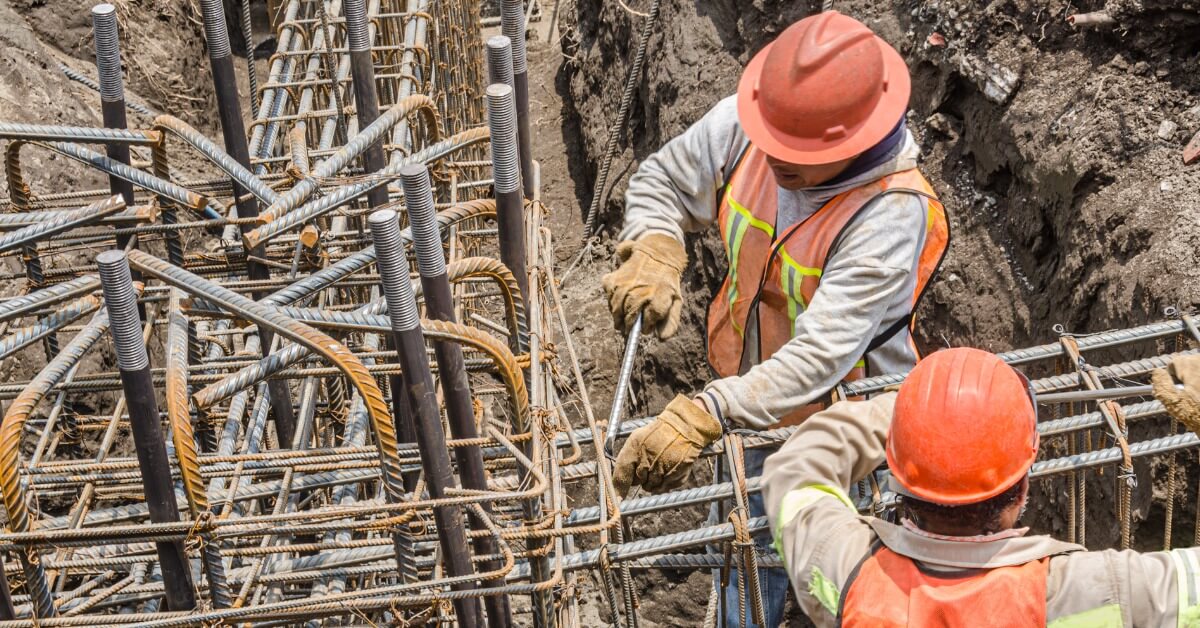Construction Injuries: Are They Impacting Your Company’s Bottom Line?
The construction industry is at a pivotal juncture, grappling with high injury rates and safety violations. We’re grappling with a critical safety crisis that not only endangers workers but also significantly impacts operational costs and productivity. Read on to learn 4 tactics to reduce construction injury costs.
The construction industry is not doing its best to protect employees from falls, as evidenced by the fact that it’s the number-one safety violation cited by OSHA. It’s also not doing its best to educate employees about risks on the job, which we’ll cover in the section on education and training. Sadly, the 58% of construction workers who said they think management values production over safety may be right. And that could be why 33% of workers haven’t reported a work-related injury at some point in their careers.
The scope of the problem is large. In 2023, more than 158,000 construction workers missed days of work because of injuries on the job. One-fifth of all work-related deaths are in the construction industry, even though construction workers make up only 6% of the U.S. labor force. And, an even starker data point, a construction worker died every 96 minutes.
Also consider that because of the nature of the construction industry, multiple employers can be liable for the same employee injury. Say that ABC Company had to unscrew a bolt to get the scaffolding up at a job. They didn’t tell anyone about it. The next day, an employee of Smith Plumbing Inc. goes up the scaffolding and gets hurt. The controlling employer (general contractor) should have been monitoring hazards and safety on the job. The employee could sue his own employer, the general contractor, and ABC Company.
On top of that, OSHA routinely fines multiple employers for the same violation at the same worksite. The Multi-Employer Worksite Doctrine has allowed OSHA to extend liability to general contractors, host employers, staffing agencies, and anyone else who can be conceivably related to an employee accident or alleged safety hazard.
The Cost of On-the-Job Injuries
According to the National Institutes of Health, construction injuries cost the U.S. $11.5 billion per year, $4 billion of which is due to fatalities and $7 billion of which is due to nonfatal injuries, including time away from work. For employers, the costs of workplace injuries include being shut out of bidding on projects, employee sick leave, lost productivity, and OSHA fines.
High injury rates lead to high MOD rates, which lead to high workers’ compensation premiums.
It also means you can’t bid on jobs where the general contractor requires MOD rates that reflect a good safety record.
It’s possible to bid on some of those jobs if you write a letter explaining the changes you’ve put in place to address safety. You can also get an automatic reduction of your MOD rate if your workers unionize.
Of course it’s best just to keep your accident rate low in the first place.
4 Steps to Minimize Workplace Injuries
It takes some rethinking of procedures to reduce workplace injuries, but it’s worth it. Preventing injuries and deaths keeps you from having to make expensive reparations down the road. And, you wouldn’t be reading this article if you weren’t concerned with the safety of your employees in the first place.
Consider implementing these best practices:
KPA Helps Keep Your Workforce Safe
Keeping workers safe is crucial for any company, but the stakes are particularly high in construction, given that the industry is responsible for one in five job-related deaths. That’s where KPA can help. KPA’s got the training, tools, and talent to protect both your employees and your bottom line. Let us show you how >
Our Better Workforce Blog is your Ultimate Guide!
Stay informed with weekly industry updates, expert insights, best practices, and actionable tips to enhance workplace safety and compliance.
Related Content
Explore more comprehensive articles, specialized guides, and insightful interviews selected, offering fresh insights, data-driven analysis, and expert perspectives.

